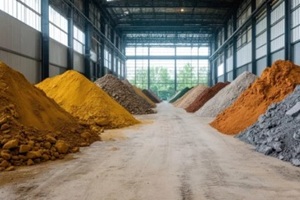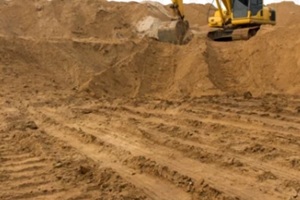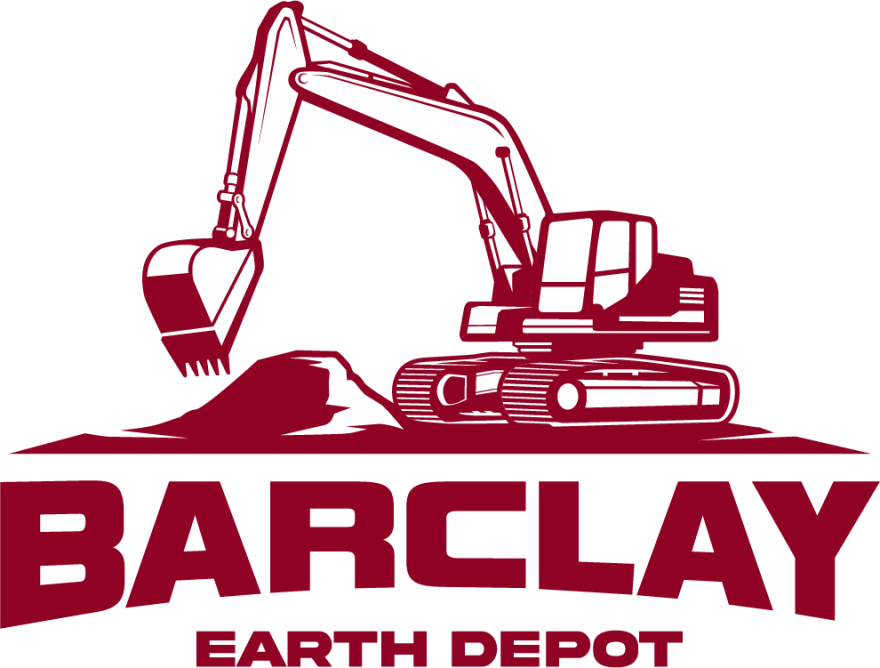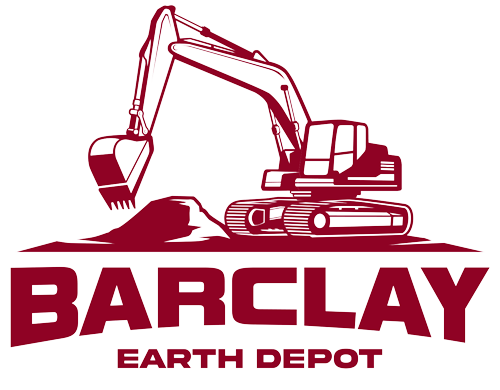 If you are building in Florida, you may have learned that the Sunshine State doesn’t make things easy when it comes to soil. Between the high water table, hurricane season, and all that sand, choosing the right fill dirt becomes more complicated than you might expect. Knowing how Florida’s particular soil challenges affect your project can make the difference between a solid foundation and a costly headache.
If you are building in Florida, you may have learned that the Sunshine State doesn’t make things easy when it comes to soil. Between the high water table, hurricane season, and all that sand, choosing the right fill dirt becomes more complicated than you might expect. Knowing how Florida’s particular soil challenges affect your project can make the difference between a solid foundation and a costly headache.
Moisture Resistance
Abundant rainfall and high humidity mean moisture resistance rates are one of the top priorities for Florida fill dirt. While dampness detrimentally affects all soils, sandy soils show particular vulnerability. They drain rapidly but offer little cohesion to stabilize the dirt’s form when wet. As a result, using sandy fill can undermine structural integrity as moisture softens the dirt and erosion occurs.
Clay-based soils, however, present challenges. Clay retains water rather than resisting it, leading to swelling when wet and shrinkage when dry. This expansion and contraction cycle can damage foundations and structures over time. That’s why well-draining granular fills, such as sandy or gravelly materials, are typically preferred for stability in Florida’s wet climate, despite their limitations.
Preventing Erosion
Since moisture is a significant challenge accelerated by heavy tropical rainfalls, erosion has become another important concern that threatens soil stability throughout Florida. Using fill dirt that resists washing away is paramount, especially near ocean coastlines where saltwater exacerbates erosion while tides and storm surges further undermine integrity.
While some fill types erode readily when flooded, specialized options feature textural blends that encourage particle bonding. Angularity and varying particle sizes lock together to withstand inundation. These erosion-resistant fills maintain grades and structural support regardless of weather conditions.
Increasing Load Capacity
Beyond erosion resistance, the weight any given soil can reliably support, known as load capacity, becomes equally important. Inadequate load capacity leads to compression, shifting, and collapse as the soil is pressed out. Proper fill dirt must have ample strength to uphold building foundations, roads, and infrastructure without buckling.
Florida’s challenging soil environment makes selecting high-capacity fill essential since moisture severely diminishes load tolerance in lesser quality fill options. However, properly blended soils strike an ideal balance of particle sizes to encourage compaction and provide impressive weight-bearing capability. They form a sturdy base for constructability.
Withstanding Hurricane Impacts
As a hurricane-prone region, Florida requires fill dirt that can withstand high winds and floods. Hurricanes show no mercy, rapidly deteriorating lesser quality soils. That’s why structural fill is essential to avoid erosion and maintain integrity through inclement weather.
 Hurricane resilience relies on proper drainage design and well-compacted, varied-grain fill that helps resist heavy rain and erosion. Soil must compact tightly and feature varied sediment sizes to stay put during intense rainfall.
Hurricane resilience relies on proper drainage design and well-compacted, varied-grain fill that helps resist heavy rain and erosion. Soil must compact tightly and feature varied sediment sizes to stay put during intense rainfall.
While this approach significantly strengthens foundations, landscaping, and infrastructure projects against severe weather, the overall hurricane resistance depends on integrated engineering and construction practices beyond fill selection alone. That’s why working with experienced suppliers aware of Florida’s specific challenges becomes important for any weather-resistant project.
Preventing Settlement
When fill sinks, the results range from eyesores to catastrophic structural failure as cracks split foundations. Differential settlement occurs when some areas sink deeper than others, a recipe for concrete damage. Unsuitable fill dirt settles when it cannot reliably carry building and earthworks loads.
In Florida, settlement results primarily from utilizing low-quality fill unsuited for the environment. Dirt that erodes, compresses, or liquifies when wet spells trouble. However, proper soil testing and engineering help guide appropriate fill choices that remain stable for the long run, keeping projects level and preventing damage.
Choosing Cost-Effective Fill Dirt
With Florida’s challenging soil factors, specialized fill dirt delivers the best performance and protection. However, not all builders and developers have the budget for premium options. The good news is that reasonably priced soil can still upgrade durability compared to native sands.
Knowledgeable local fill suppliers offer selections to match project specs and budgets. Never opt for subpar quality that will undermine structural lifespans simply to save a few dollars. Instead, discuss options with your provider to identify affordable soil that still upgrades integrity. The small upcharge will reward you exponentially in damage prevention and reduced maintenance.
Comprehending Environmental Factors
When selecting fill, first consider your site’s specific environmental conditions. Defining these helps determine suitable fill characteristics:
- Water table height: Deeper is better
- Flood zone: Know risk levels
- Drainage: Poor/moderate/good
- Impervious ground cover: More means more runoff
- Landscape plantings: Roots affect compaction
- Salt exposure: Factor for oceanfront sites
Also, clarify priorities, such as backfilling a retaining wall footing or capping a septic drain field. Match fill attributes to your needs and site qualities. Local aggregate professionals can consult to recommend cost-appropriate options.
Complying With Regulations
Construction projects must comply with Florida building codes and environmental regulations. Fill dirt standards help minimize environmental impact and prevent contamination during transport or installation. That’s why reputable suppliers verify fill purity so that projects avoid penalties or legal issues.
Code compliance extends to placement, compaction, and site preparation surrounding fill. When installing and integrating any imported fill materials, make sure you are aware of the statutory obligations for your project type. Consult local municipal authorities if questions arise.
Seeking Professional Recommendations
 With so many variables affecting soil performance, seeking professional guidance means you can get the right fill dirt. Local aggregate companies know Florida’s specific geography, weather, and building needs in depth. Describe your project’s parameters so that experienced specialists can suggest suitable selections.
With so many variables affecting soil performance, seeking professional guidance means you can get the right fill dirt. Local aggregate companies know Florida’s specific geography, weather, and building needs in depth. Describe your project’s parameters so that experienced specialists can suggest suitable selections.
Adhering to professional fill recommendations saves money, prevents delays, and reduces liability throughout building campaigns. Consider soil consultants an indispensable construction partner in Florida’s challenging environment.
Turn to a Trusted Local Central Florida Fill Dirt Resource
Barclay Earth Depot is the leading supplier of bulk fill dirt to Florida builders, contractors, and engineers. Our extensive industry experience translates to recommending and delivering ideal soils for drainage, foundations, landscaping, roads, and various earthworks. Custom blends meet project requirements from small residential jobs to massive developments. Contact us today at (941) WE-DIG-IT or online to solve your next fill dirt need.

